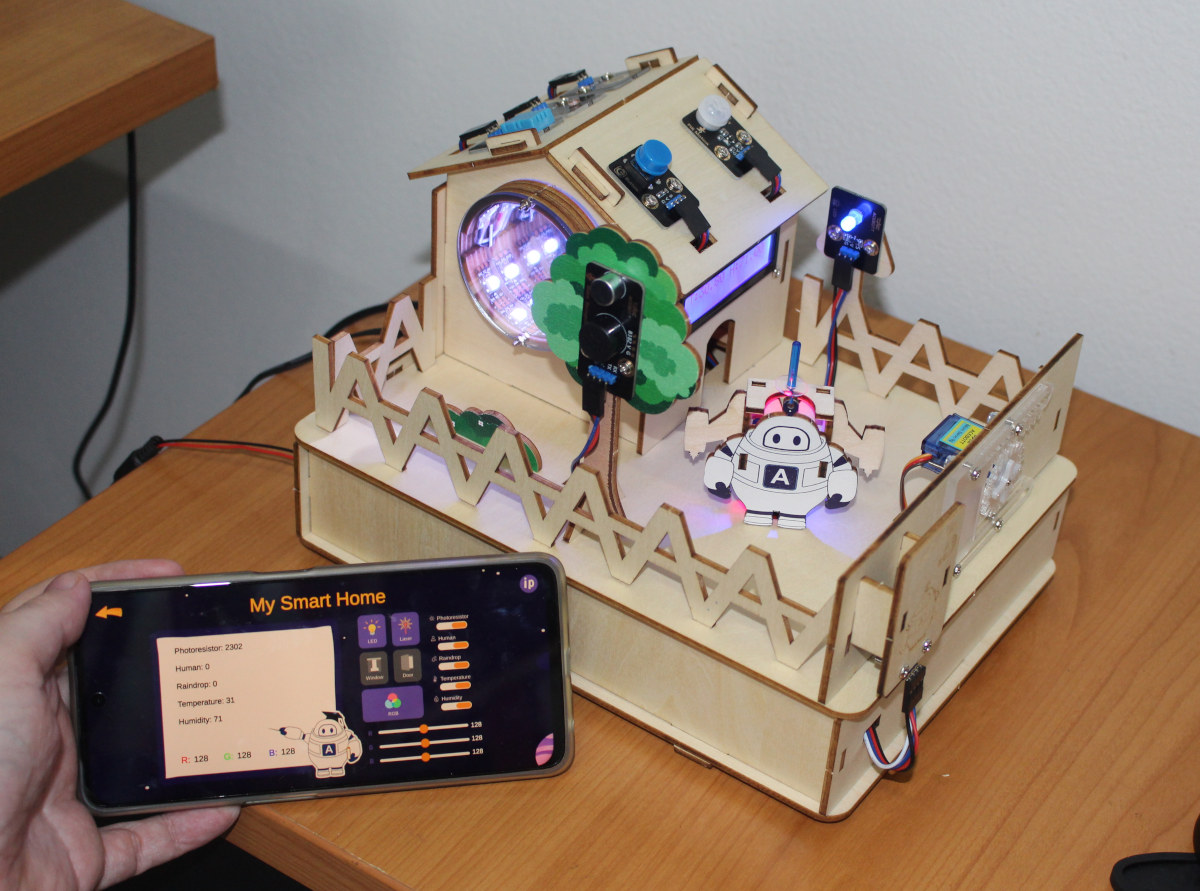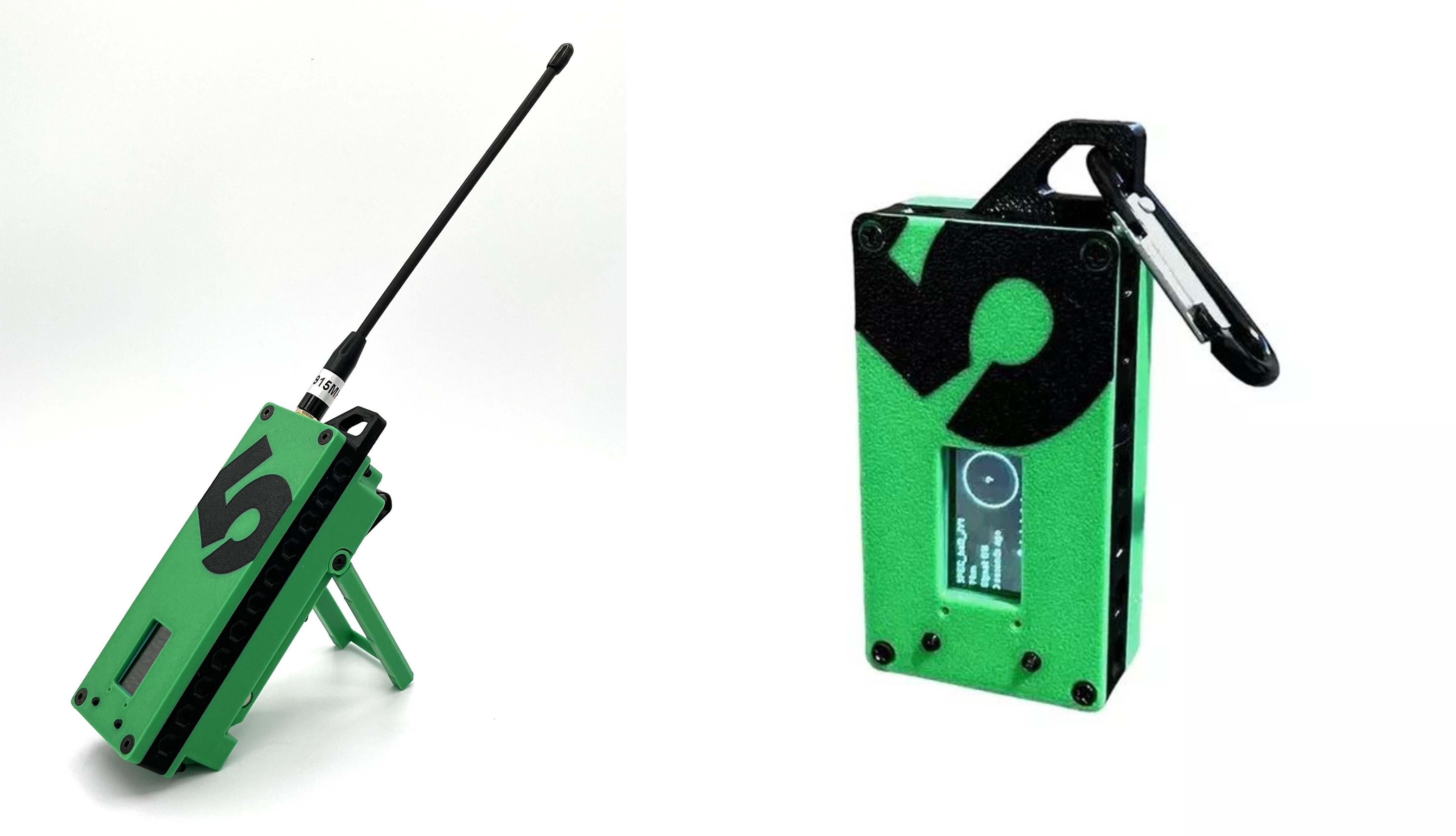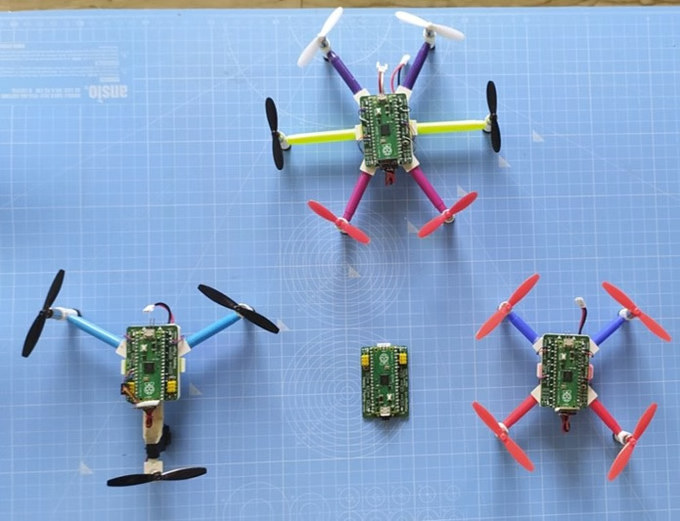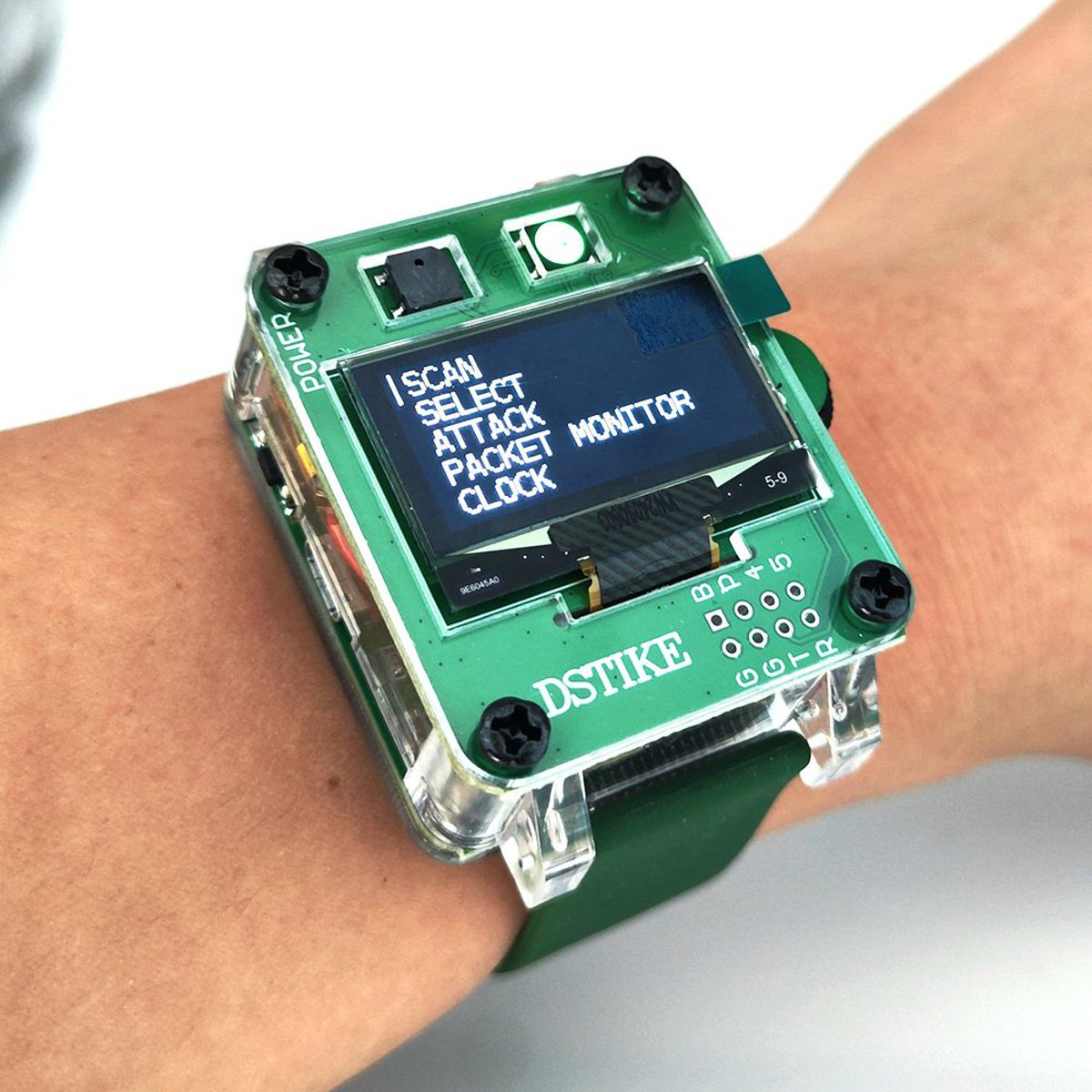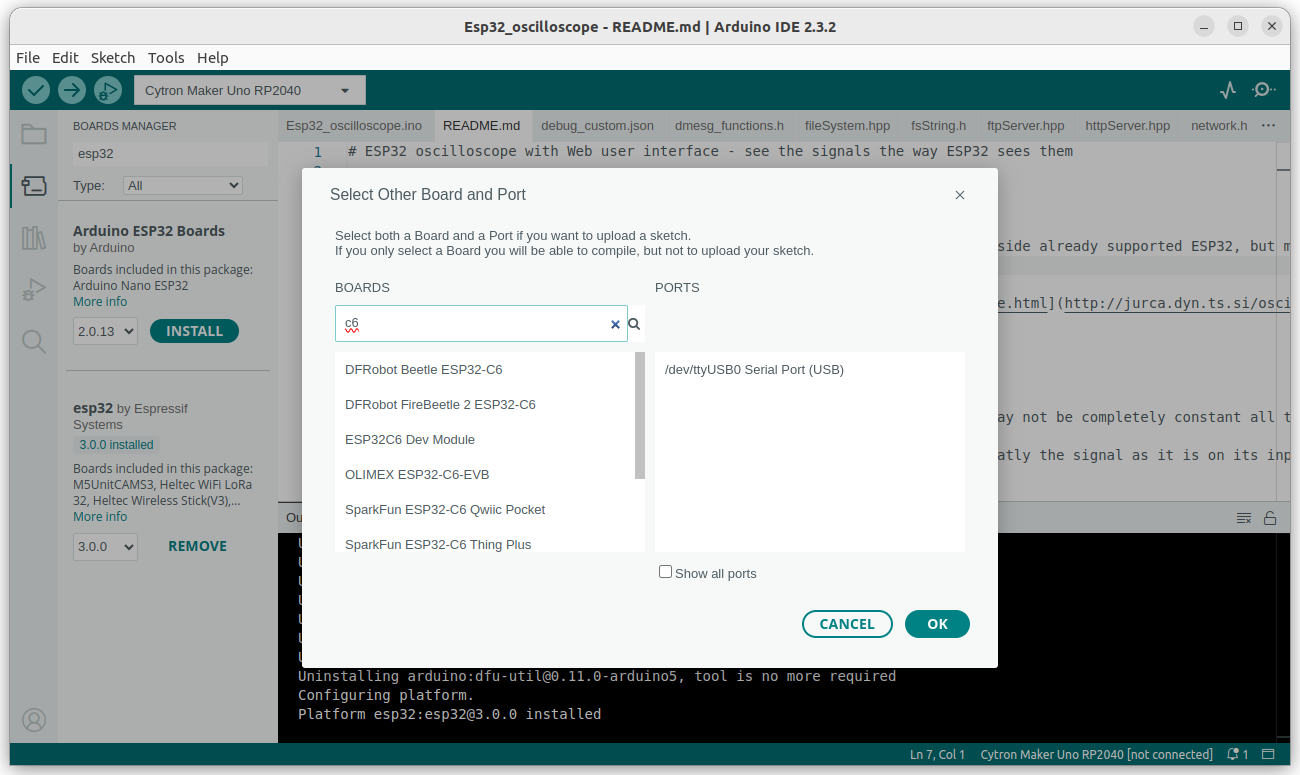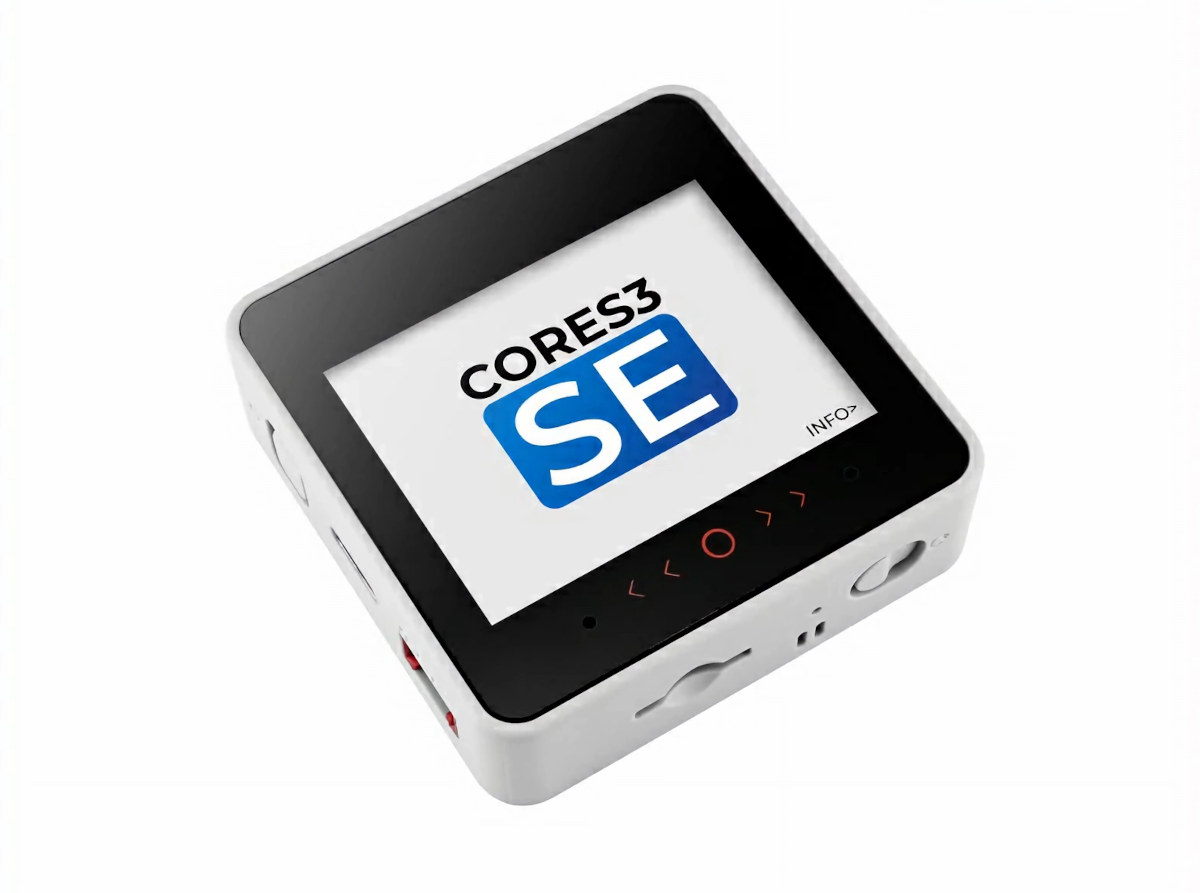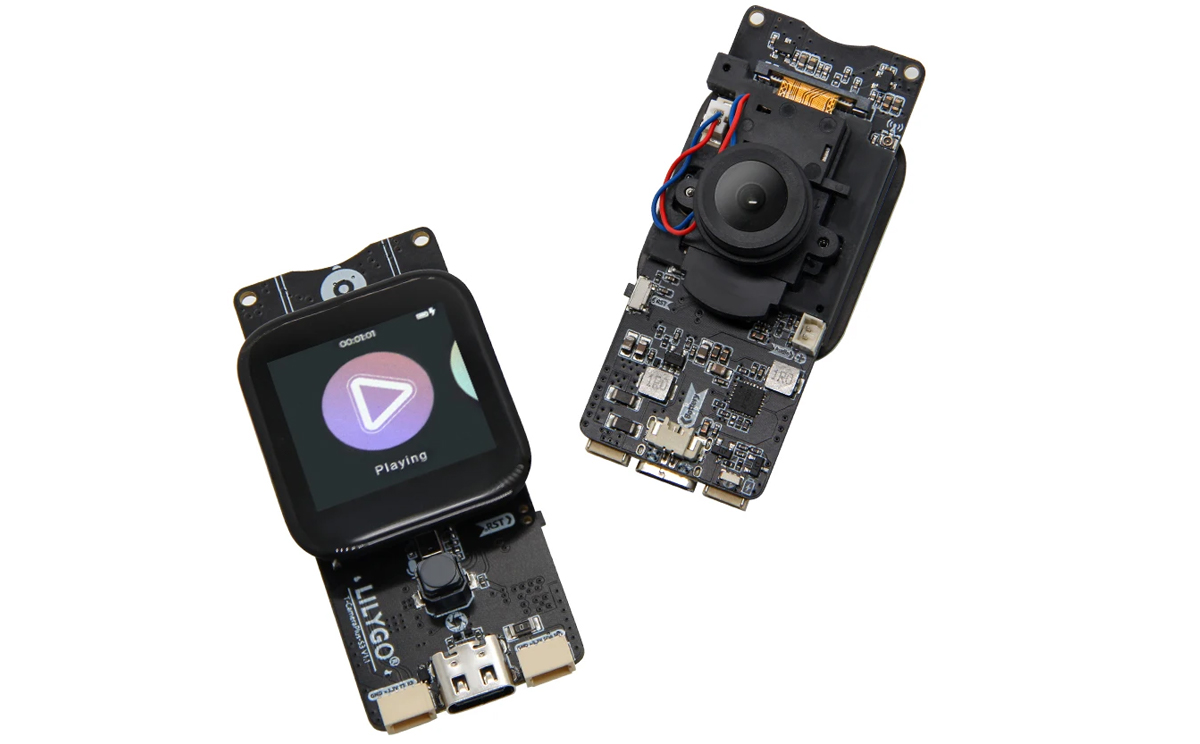ACEBOTT QE007 ESP32-based Smart Home Starter Kit is a STEAM (Science, Technology, Engineering, Arts, and Maths) education platform that involves story reading, assembling a wooden house with various electronics sensors wired to an ESP32 board, and learning about electronics concepts (such as voltage and current) and coding with the Arduino IDE through an 18 lesson course. ACEBOTT has various STEAM education kits, and the company sent us the QE007 “IoT Smart Home Starter Kit” for evaluation and review. So I’ll go through an unboxing, report my experience with the assembly process, and the Arduino tutorials by going through some of the eighteen lessons. ACEBOTT QE007 unboxing The kit comes in a nice-looking retail that reads “ACEBOTT Explorer Series QE007” and “ACEBOTT IOT Smart Home Started Kit”. The front of the package also highlights its a STEAM education kit designed for 8+ years old kids. The bottom side gives the backstory […]
The S5 Trekker is a compact Meshtastic communication device for hikers and preppers
The S5 Trekker Bravo and the S5 Trekker Mini are two Meshtastic-enabled radios designed by SpecFive LLC, a team of engineers based in the United States. Both devices are based on the Heltec Wireless Tracker from Heltec Automation. The Wireless Tracker integrates Espressif’s ESP32-S3 system-on-a-chip, a 160 x 80 TFT LCD, a SemTech SX1262 LoRa chip, and a Unicore UC6580 GNSS chip. The MiniTrekker is much lighter than the Trekker Bravo and features a built-in attachment hook for connecting it with other gear. Both radios are built to be durable enough to resist the rigors of outdoor exploration. They come pre-flashed with the open-source Meshtastic software and are ready to be used out of the box. The S5 Trekkers are intended to be used when hiking, trekking, and partaking in other outdoor activities that take one away off the well-trodden path. It is also useful for setting up a reliable […]
PiWings 2.0 is a tiny drone based on Raspberry Pi Pico and ESP8266 WiFi module (Crowdfunding)
SB Components’ PiWings 2.0 is a small drone combining a Raspberry Pi Pico with an ESP8266 WiFi module (ESP-12E) for wireless connectivity, and designed for STEM education and drone enthusiasts. The PiWings 2.0 board supports up to six motors and four servos, includes a 6-axis IMU for auto-leveling, and features I2C, SPI, UART, and GPIO expansion ports for custom sensor and/or actuator support. The drone itself is offered with three, four, or six rotors. PiWings 2.0 key features and specifications: Microcontroller board – Raspberry Pi Pico with Raspberry Pi RP2040 dual-core Cortex-M0+ microcontroller, 264KB SRAM Wireless module – ESP-12E (ESP8266) WiFi module for iBus support Motor Drivers – 6 channels (3A DC) Servo Motors – 4 channels USB – 1x micro USB port (on Raspberry Pi Pico) Expansion – I2C, SPI, UART, GPIO ports Sensor – On-board 6-axis IMU (MPU6050) for auto-leveling Misc – 4x RGB LEDs Power Supply 3V […]
DSTIKE Deauther Watch X is a cheap wireless hacking tool that runs the ESP8266 Deauther firmware
The DSTIKE Deauther Watch X is a Wi-Fi hacking tool that can be used to test wireless networks, powered by the ESP8266 wireless microcontroller and running the open-source Deauther firmware from SpacehuhnTech. It only works on 2.4GHz networks, since 5GHz Wi-Fi is not supported by the ESP8266. It also features a real-time clock module for displaying the time, like an actual watch. If you are not familiar with the term, a Wi–Fi Deauther is a device that can perform deauth or de-authentication attacks on Wi-Fi networks. It can kick other devices off a Wi-Fi network they are connected to, for learning or other purposes. The Deauther Watch X is the latest product in the DSTIKE Deauther Watch series from Travis Lin and we previously took a look at DSTIKE ESP32 Watch Development Board. The Watch X development board comes in a wristwatch form factor, uses an ESP8266 module instead of […]
Espressif releases Arduino ESP32 Core 3.0.0, but PlatformIO support is in doubt
We previously noted the ESP32 Arduino Core 3.0.0 Alpha release added support for ESP32-C6 and ESP32-H2 among other changes. The good news is that Arduino ESP32 Core 3.0.0 is now considered stable, and was released a few days ago based on the ESP-IDF 5.1.4 framework. Users of the Arduino IDE can use it straight away, but as we’ll discuss in more detail below it’s unclear whether PlatformIO will be (officially) supported. There have been many changes since we wrote about the Alpha2 release in November 2023 with 327 commits from 96 contributors. Some of the most recent changes (compared to RC3) include: Updated ESPDuino with extra options (CPU freq and Partition) Add support for WeAct Studio ESP32C3 Attach ETH events at the correct place Enable the possibility to use SPI ETH with only 4 wires Fix ETH.end() Fix ETH.stop() with IDF SPI Nano ESP32: delete programmer.default entry (on main) due […]
M5Stack CoreS3 SE cost-down ESP32-S3 IoT controller features a 2-inch touch display, a microSD card slot, a speaker, two microphones
The M5Stack CoreS3 SE, also called M5CoreS3 SE, is a cost-down version of the M5Stack CoreS3 IoT controller based on the ESP32-S3 wireless microcontroller with a 2-inch capacitive touch display, a microSD card slot, a USB-C port, a speaker, two microphones, and one Grove connector for expansion. The M5Core S3 SE loses the DIN Base so the associate features are gone and DIN rail mounting is not possible by default anymore. That also means the M5Stack CoreS3 SE controller is about twice as thin, and the color is also different (medium grey vs black grey). Major internal changes include the removal of the camera and the three sensors found in the original model. M5Stack CoreS3 SE specifications with highlights in bold and strikethrough showing differences against the CoreS3 model: Wireless MCU – Espressif Systems ESP32-S3FN16R8 CPU – Dual-core 32-bit Xtensa LX7 microcontroller with AI vector instructions up to 240MHz, RISC-V […]
LILYGO T-Camera-Plus-S3 – An ESP32-S3 powered dev board with night vision camera and touchscreen display
The LILYGO T-Camera-Plus-S3 is an ESP32-S3 development board designed for building smart home devices, monitoring systems, and other connected projects. The board features a 1.3-inch TFT LCD and the option to choose from OV2640 or OV5640 camera modules. The T-Camera-Plus-S3 can be considered an upgrade from the T-Camera S3, which was introduced in 2022. The upgraded features include a 1.3″ SPI TFT LCD (240×240), a microphone with MAX98357A codec and external speaker support, support for a micro SD card, a battery connector, and many other features. Previously we have written many different types of ESP32-S3-based boards like the Waveshare ESP32-S3-Matrix, ESP32-S3-Tiny board, and Unexpected Maker NANOS3 feel free to check those out if you are looking for unique ESP32 boards. LILYGO T-Camera-Plus-S3 specification ESP32-S3-WROOM-1 wireless module SoC – ESP32-S3R8 dual-core Tensilica LX7 microcontroller @ 240 MHz (Note: this SKU is not listed in the official ESP32-S3 datasheet) with 2.4 GHz 802.11n […]
7-inch ESP32-S3 touchscreen display exposes RS485, CAN Bus, I2C, UART, and analog sensor interfaces
Waveshare ESP32-S3-Touch-LCD-7 is an ESP32-S3 powered WiFi 4 and Bluetooth 5 LE 7-inch touchscreen display with plenty of expansion interfaces such as RS485, CAN Bus, I2C, UART, and Analog input that can be used to develop various HMI applications We’ve written about many ESP32 boards with displays, but most are small displays under 3-inch, and larger displays are more of a rarity except for ESP32 e-Paper displays such as the Inkplate 10 or LILYGO 7.5-inch e-Paper display. Most are based on ESP32-S3 since it comes with an RGB LCD interface, and the only other 7-inch ESP32-S3 touchscreen display we’ve looked into is the Elecrow 7.0-inch display with specifications similar to the Waveshare ESP32-S3-Touch-LCD-7, but fewer I/O headers. Waveshare ESP32-S3-Touch-LCD-7: Wireless module – ESP32-S3-WROOM-1 MCU – ESP32-S3N8R8 dual-core Tensilica LX7 up to 240 MHz with 512KB SRAM, 8MB PSRAM, 8MB flash Wireless – 2.4 GHz WiFi 4 and Bluetooth LE 5 […]


